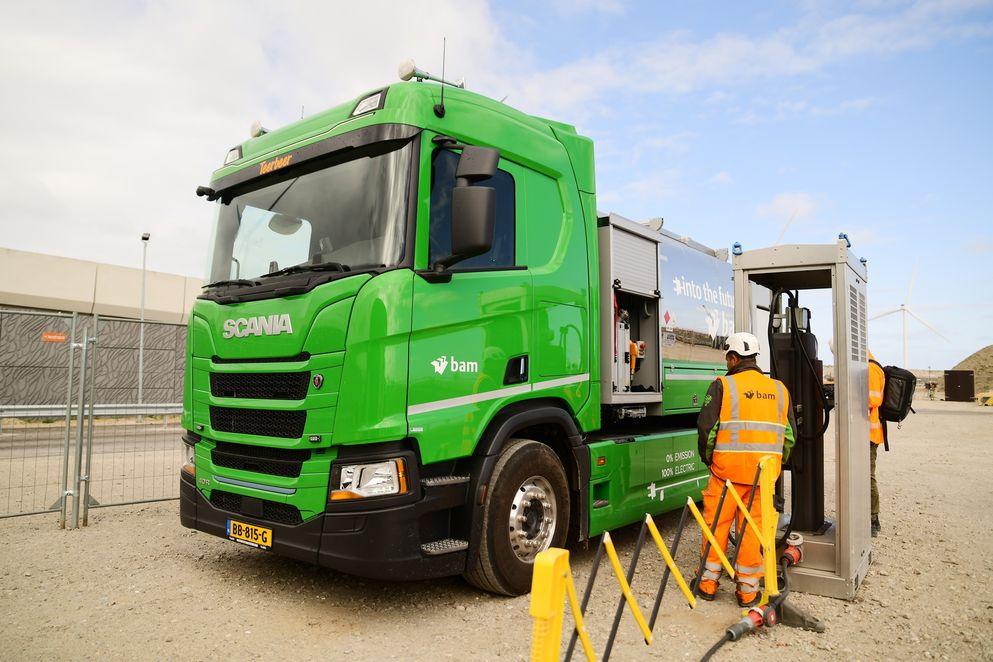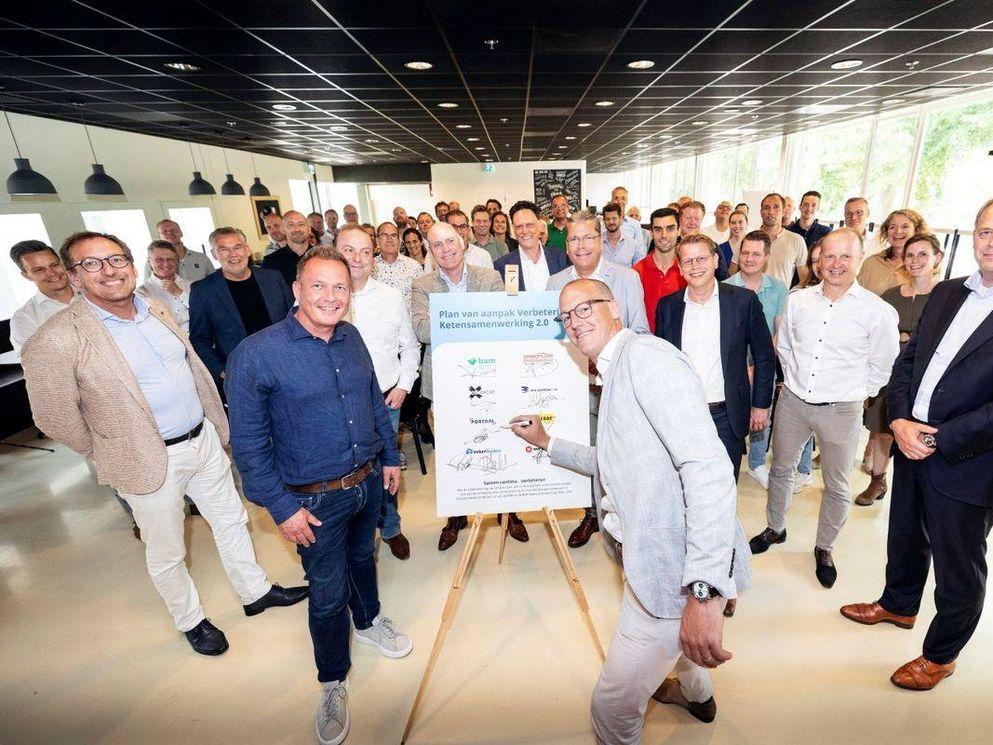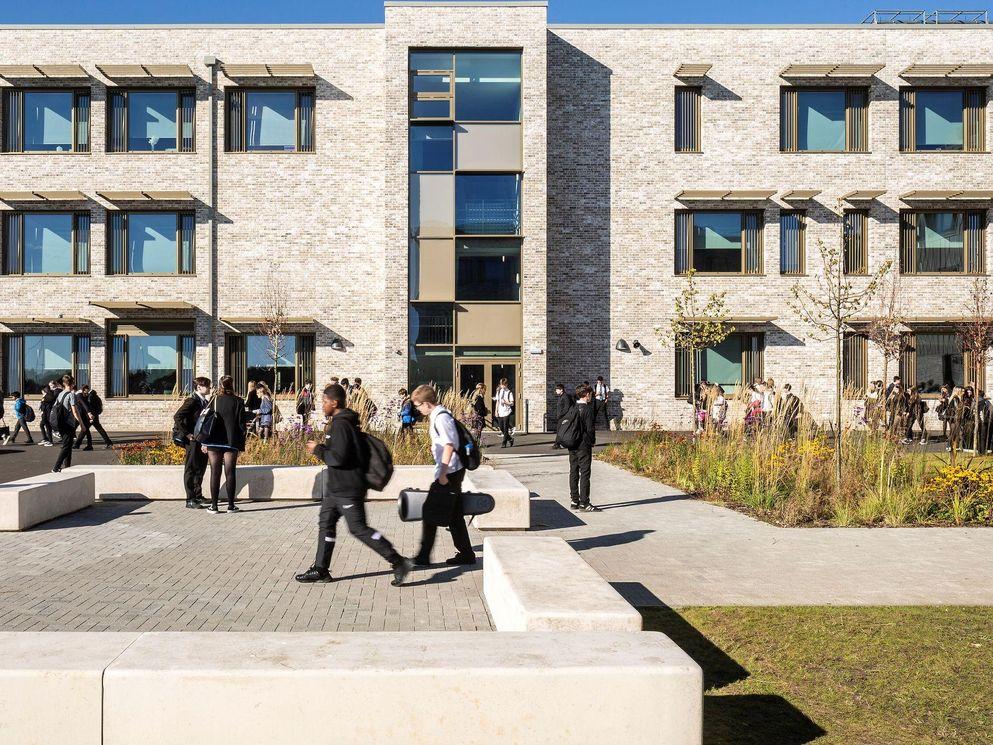Building with lower CO₂ emissions: how we’re doing it at the Maasvlakte (the Netherlands)
A dedicated charging hub on site. Electric equipment. And more sustainable GROENR Concrete used throughout the viaduct. At the Maasvlakte (expansion of the port of Rotterdam), we are constructing the Princess Alexia Viaduct. It’s not only important for improving access to the port, but also a great example of sustainable construction. Together with the Port of Rotterdam Authority, we are working to keep emissions as low as possible. This project allows us to gain experience, innovate, and take collective steps towards a more sustainable construction sector by raising the bar.

Image: Danny Cornelissen
Charging hub: a sustainable first for the Maasvlakte
A unique feature of this project is the dedicated charging hub we have set up specifically for the site. It’s the first time a charging facility has been installed in the Port of Rotterdam for a single construction site. At the hub, electric lorries and other equipment can be charged during work breaks. This gives us much more flexibility: no more trips back and forth to an external charging point elsewhere in the Maasvlakte. No downtime in the middle of the day. We’ve even added a second charging facility, located closer to the viaduct, for machinery that is harder to move—such as crawler vehicles.
‘Thanks to this charging hub, our electric lorries can keep running all day. That’s not only more efficient, but also far more sustainable,” says Reinier Mieris, Project Manager at BAM Infra Nederland. “It really makes low-emission construction feasible in practice.’
Read more (in Dutch): Bouwen met minder CO₂-uitstoot: zo doen we dat op de Maasvlakte | BAM Infra Nederland

Image: Danny Cornelissen



